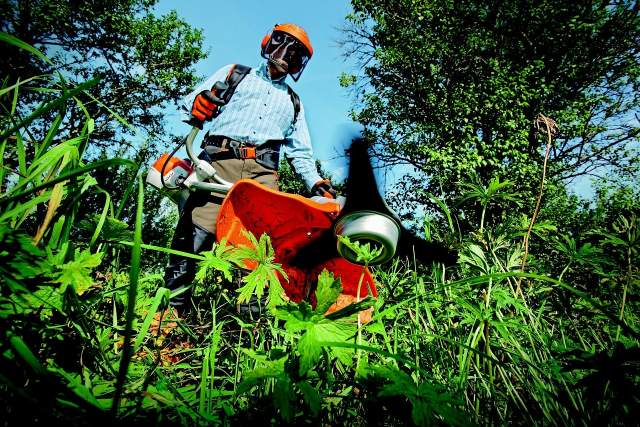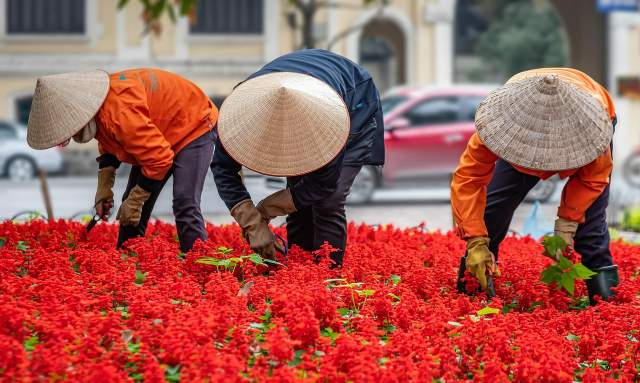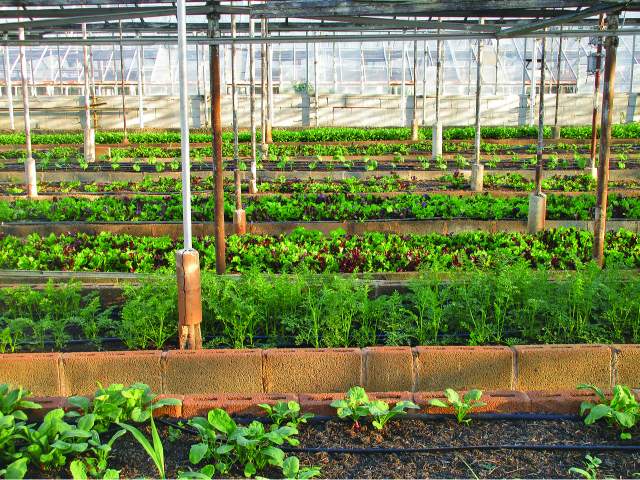Imagine transforming even the smallest slice of urban space into a lush, thriving garden. Whether it’s a balcony adorned with colorful pots or a modest backyard turned vegetable haven, the benefits of gardening stretch from the pleasure of hands-on work to the joy of eating home-grown food. For beginners, the world of gardening might seem a bit daunting, but with the right guidance, you’ll be planting like a pro in no time. This guide is designed to help you start your gardening journey, offering practical tips and easy-to-follow advice that will make your green dreams a reality.

Choosing the Right Space for Your Garden
One of the first steps in urban gardening is identifying where your garden will live. Not all spaces are created equal, and the amount of available light, type of space, and even air flow can all influence your gardening success.
Assessing Light Conditions
Most edible plants require at least six hours of direct sunlight per day. Observe your available space at different times to gauge where sunlight falls and for how long. This will help you determine what types of plants can thrive in your space.
Considering Space Limitations
Don’t let the size of your space discourage you! Vertical gardening, using hanging planters, and choosing dwarf plant varieties can maximize small areas. Balconies, window sills, and even wall spaces can be effective places for planting.
Essential Tools for the Beginner Gardener
Starting with the right tools can make your gardening more efficient and enjoyable. Here’s a list of basic tools that every beginner gardener might consider:
- Gardening gloves: Protects your hands from dirt, thorns, and other irritants.
- Watering can or hose: Essential for keeping your plants hydrated, choose one that fits your space and water source availability.
- Spade and trowel: Ideal for digging, especially in smaller beds or pots.
- Pruning shears: Useful for maintaining plant health and for the aesthetic pruning of your plants.
Deciding What to Plant
Choosing the right plants for your garden is crucial. Consider your climate, the soil type, and how much time you can dedicate to your garden’s maintenance. Here are a few beginner-friendly plants that are known for their resilience and low maintenance:
- Herbs: Basil, mint, and cilantro are great for beginners and can grow in smaller spaces.
- Vegetables: Tomatoes, peppers, and lettuce can thrive in urban gardens and offer rewarding harvests.
- Flowers: Marigolds, sunflowers, and pansies add color and life to your garden and are relatively easy to manage.

Understanding Soil and Fertilization
Soil is the foundation of your garden. The right soil mix can greatly enhance your plant’s growth and yield. Most urban gardeners opt for potting mix, which is designed to retain moisture and resist compaction in pots and planters.
Choosing the Right Soil
Look for a potting mix with vermiculite or perlite, which helps with water retention and aeration. Avoid using soil directly from the ground as it may contain pathogens or be unsuitable in texture for container gardening.
The Basics of Fertilizing
Plants need nutrients to grow healthy and strong. Organic options like compost or manure can be gentle and effective. Synthetic fertilizers are also an option, but be sure to follow the recommended amounts to avoid damaging your plants.
Maintaining Your Garden
Regular maintenance is key to a thriving garden. Watering, pruning, and monitoring for pests are all routine tasks that keep a garden healthy.
Watering Wisely
Overwatering is a common mistake. Plants need different amounts of water depending on their type, the weather, and the soil. A general rule is to water deeply but infrequently, which encourages roots to grow deeper into the soil.
Keeping Pests at Bay
Pests can be particularly challenging in urban areas. Regularly inspect your plants for signs of pests and disease. Natural remedies like neem oil or insecticidal soap can be effective for managing small infestations.
Expanding Your Urban Garden
Once you’ve mastered the basics, consider expanding your garden. Introducing new plant varieties or even starting a small composting system can enhance your gardening experience and yield.
Trying New Plants
As you become more comfortable with gardening, experimenting with new and different plants can keep the hobby exciting. Seasonal plants or perennials can diversify your garden’s appearance and output.
Composting
Starting a compost bin can reduce waste and provide your plants with rich nutrients. Even in small spaces, bokashi or worm composting are effective methods that fit well in an urban setting.

Summary
Urban gardening is a rewarding endeavor that beautifies your space and can provide you with fresh produce or beautiful flowers. Starting with the right tools, choosing appropriate plants, and understanding the basics of soil and plant care will set you up for success. With patience and persistence, your urban garden will flourish, providing a green refuge in the heart of the city.
FAQs
What are the best plants for a shaded garden area?
For gardens with limited sunlight, ferns, hostas, and impatiens are excellent as they thrive in low-light conditions. Adding these can bring life and color to a shaded garden space.
How often should I water my garden?
This depends on the plants you have and the weather conditions. A general rule is to water when the top inch of soil feels dry to the touch. Succulents and drought-tolerant plants will require less frequent watering.
Is organic fertilizer really better than synthetic?
Organic fertilizers release nutrients more slowly and improve soil structure, which is beneficial over the long term. Synthetic fertilizers provide quick-acting nutrients but can lead to nutrient runoff and soil degradation if not used carefully. The choice often depends on your gardening goals and ethical considerations.